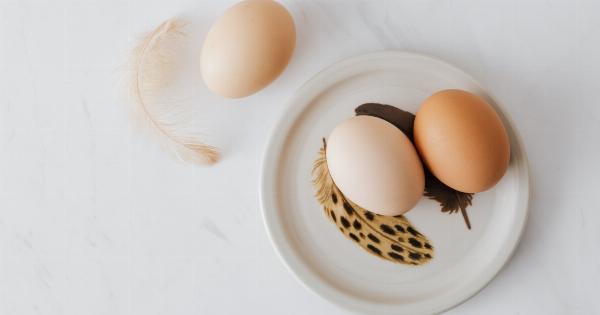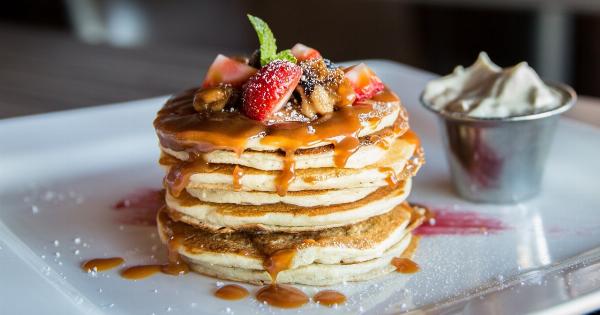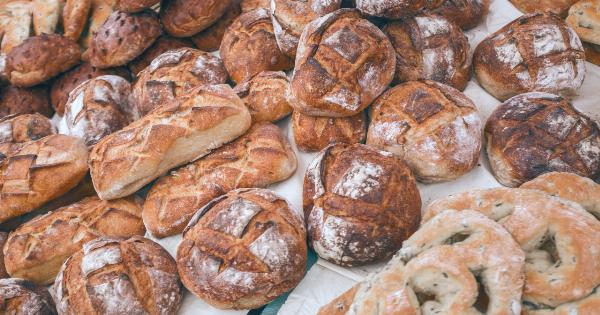High cholesterol is a common health concern that affects millions of people worldwide. A high level of cholesterol in the bloodstream increases the risk of heart disease and stroke.
However, you can reduce high cholesterol levels and improve your overall health by making some simple lifestyle changes, such as adopting a cholesterol-lowering diet.
What is Cholesterol?
Cholesterol is a type of fat that circulates in the bloodstream. The body needs cholesterol to build cells, produce hormones and digest food.
However, too much cholesterol in the body can build up in your arteries and increase the risk of heart disease and stroke.
Types of Cholesterol
There are two types of cholesterol in the body – LDL (low-density lipoprotein) cholesterol and HDL (high-density lipoprotein) cholesterol.
LDL cholesterol is commonly known as “bad” cholesterol because it can lead to the buildup of plaque in the arteries, while HDL cholesterol is called “good” cholesterol because it helps to remove LDL cholesterol from the bloodstream.
Cholesterol-Lowering Foods
Foods that are high in fiber, omega-3 fatty acids, and plant sterols can help lower your cholesterol levels. Here are some of the best cholesterol-lowering foods:.
1. Oats
Oats contain a type of fiber called beta-glucan, which can help reduce LDL cholesterol levels. Eating oatmeal for breakfast is a great way to start your day and lower your cholesterol levels.
2. Fatty Fish
Fatty fish such as salmon, sardines, and mackerel are high in omega-3 fatty acids, which can reduce triglycerides and lower your risk of heart disease. Try to eat two servings of fatty fish per week.
3. Nuts and Seeds
Nuts and seeds such as almonds, walnuts, chia seeds, and flaxseeds are high in fiber, omega-3 fatty acids, and plant sterols, all of which can help lower your cholesterol levels.
However, keep in mind that nuts and seeds are also high in calories, so eat them in moderation.
4. Fruits and Vegetables
Fruits and vegetables are high in fiber, antioxidants, and other nutrients that can help lower cholesterol levels and reduce the risk of heart disease. Try to eat at least five servings of fruits and vegetables per day.
5. Legumes
Legumes such as lentils, chickpeas, and beans are rich in fiber, protein, and other nutrients that can help lower cholesterol levels. Try to eat legumes at least twice a week.
6. Avocados
Avocados are rich in monounsaturated fats, fiber, and other nutrients that can help lower cholesterol levels. However, keep in mind that avocados are also high in calories, so eat them in moderation.
Cholesterol-Lowering Diet Tips
In addition to eating cholesterol-lowering foods, here are some tips to help you follow a cholesterol-lowering diet:.
1. Limit Saturated and Trans Fats
Saturated and trans fats can increase LDL cholesterol levels. Limit your intake of saturated fats found in meats, dairy products, and baked goods, and avoid trans fats found in processed foods.
2. Choose Healthy Fats
Replace saturated and trans fats with healthy fats such as monounsaturated and polyunsaturated fats found in olive oil, nuts, seeds, and fatty fish.
3. Exercise Regularly
Exercise can improve cholesterol levels by increasing HDL cholesterol and reducing LDL cholesterol and triglycerides. Aim for at least 30 minutes of moderate-intensity exercise most days of the week.
4. Limit Alcohol
Drinking too much alcohol can increase triglycerides and LDL cholesterol levels. Limit your alcohol intake to one drink per day for women and two drinks per day for men.
Conclusion
In conclusion, adopting a cholesterol-lowering diet can help improve your cholesterol levels and reduce the risk of heart disease and stroke.
Make sure to incorporate plenty of cholesterol-lowering foods such as oats, fatty fish, nuts and seeds, fruits and vegetables, legumes, and avocados into your diet, and follow the tips outlined above to help you achieve optimal cholesterol levels.






























